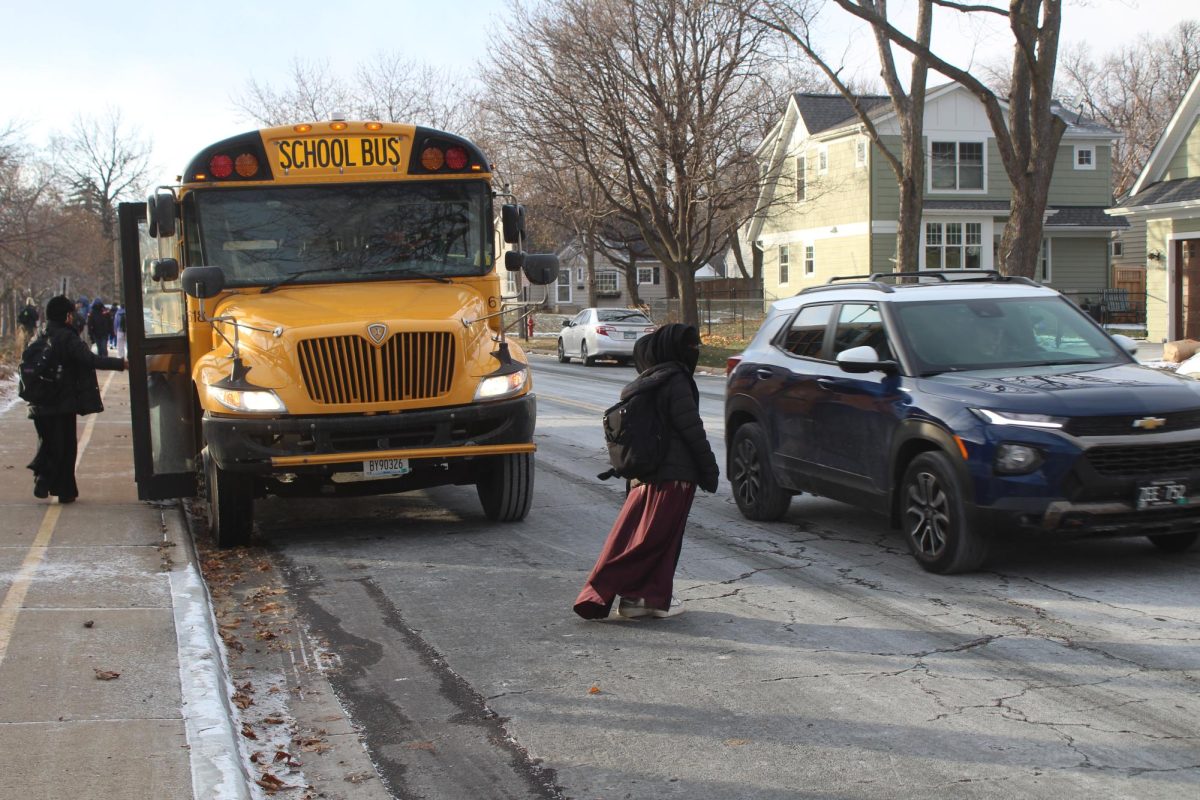
Weighted GPAs (grade point averages) are a method some schools use in order to “reward” students who excel in their IB or AP classes. In grading scales with weighted GPA, students who take advanced courses can potentially achieve a GPA higher than the standard 4.0 if they get high enough letter grades. At Park, we do not weigh GPAs. Many high schools around the country do use weighted GPAs and colleges sometimes use those calculations to determine who they receive as applicants.
The issue with instituting weighted GPAs is that it incentivizes academic competitiveness. Students are encouraged to push for As or Bs and do better than their peers, which creates a culture of obsession about grades. Especially when this system is advertised to students, students may worry about their GPA standing in comparison to other students. Social comparison is almost always detrimental to one’s self esteem, as reported on in this National Institutes of Health article.
There are assumptions made about weighing that are presented as positive effects. Some advocates of weighted GPAs say they allow students who are invested in their academic future to have a leg up in applying for colleges, since it is assumed that colleges will admit students who have a higher GPA than 4.0 over others. This idea has no basis. Colleges consider a variety of a student’s academic experiences, from the actual difficulty of the classes they took to their class rank. GPAs are used as additional tools by admissions counselors to determine the overall value of a student. Admissions officers will use whatever information they have at their disposal, and a 4.0 or higher GPA will not guarantee getting into any college you want.
The biggest problem I see with the conversation around weighted GPAs is the idea that they will solve the shortfalls of our education system. Pinning math and reading score slumps on students’ lack of interest in their GPA will not help bring scores up nationwide. Students cannot be motivated to apply harder for college without our system addressing basic issues: low teacher staffing, gaps in public school funding\ and the cost of college itself. We must support the majority of students before expecting a leap in grades, and even then, economic factors outside the school environment, such as poverty or homelessness, still prevent some students from getting above a 4.0.
With the college application process in full swing, we should be aware of the diversity of colleges’ admission methods. Weighted GPAs may seem like a good motivator for students, and it doesn’t even affect their peers. But it distracts us from tackling the fundamental dysfunction within public education. Applying weighted GPAs to high schools will not fix the dysfunction.









